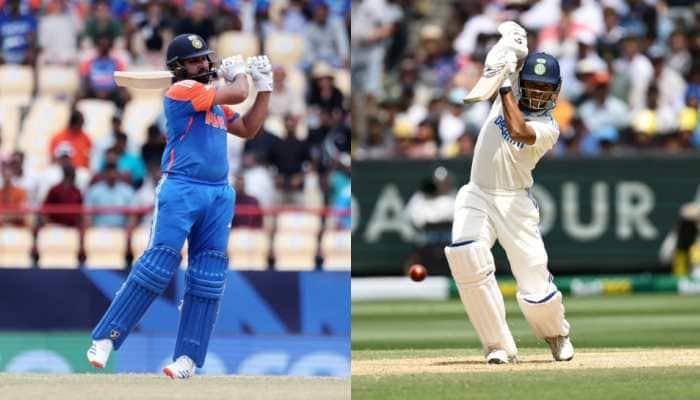Extreme poverty in India declined by 12.3 percentage points during 2011-19: World Bank
The World Bank paper said urban poverty rose by 2 percentage points in 2016 during the demonetisation event and fell sharply thereafter, reported PTI.
- India has not released a new household consumption survey since the NSS from 2011.
- Urban poverty rose by 2 percentage points in 2016 during the demonetisation event and fell sharply thereafter, the paper said.
- The paper also added that rural poverty rose by 10 basis points in 2019 likely due to a growth slowdown.
Trending Photos
) (Credits: PTI)
(Credits: PTI) New Delhi: A working paper of the World Bank, co-authored by economists Sutirtha Sinha Roy and Roy van der Weide, stated that the extreme poverty in India declined by 12.3 percentage points between 2011 and 2019, with rural areas doing better than urban centres.
The paper highlighted that India has not released a new household consumption survey since the NSS from 2011. By extension, the country has not released any official estimates of poverty and inequality for over a decade now.
"We find that extreme poverty in India has declined by 12.3 percentage points between 2011 and 2019 but at a rate that is significantly lower than observed over the 2004-2011 period. Poverty reduction rates in rural areas are higher than in urban areas," said the paper titled 'Poverty in India Has Declined over the Last Decade But Not As Much As Previously Thought'.
The authors further said urban poverty rose by 2 percentage points in 2016 during the demonetisation event and fell sharply thereafter. The paper also added that rural poverty rose by 10 basis points in 2019 likely due to a growth slowdown.
"Our estimates of poverty for recent periods are more conservative than earlier projections based on consumption growth in national accounts and other survey data," the paper said.
The extent of poverty reduction during 2015-2019 is estimated to be notably lower than earlier projections based on growth in private final consumption expenditure reported in national account statistics, informed the World Bank paper.
There was no evidence of rising consumption inequality in their analysis, the authors said. The paper noted that farmers with small landholding sizes have experienced higher income growth.
Real incomes for farmers with the smallest landholdings have grown by 10 per cent in annualised terms between the two survey rounds, compared to a 2 per cent growth for farmers with the largest landholding, it said.
Rural households owning smaller pieces of land are more likely to be poorer than others, it added.
Earlier, a working paper of the International Monetary Fund (IMF) had said the Pradhan Mantri Garib Kalyan Yojana (PMGKAY), which provides free foodgrains to the poor, played a key role in keeping extreme poverty in India at the lowest level of 0.8 per cent during the pandemic-hit 2020.
(With PTI inputs)
Stay informed on all the latest news, real-time breaking news updates, and follow all the important headlines in india news and world News on Zee News.
Live Tv







)
)
)
)
)
)
)
)
)
)
